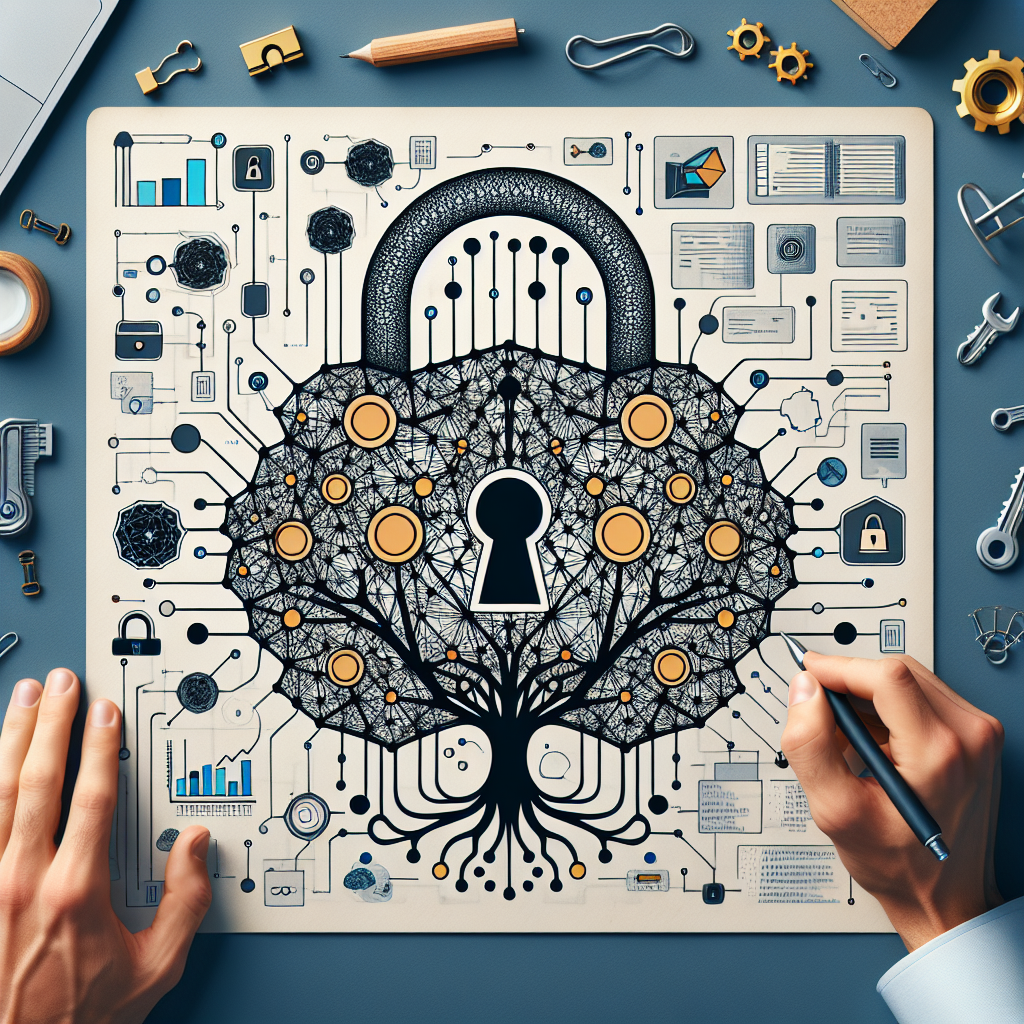Convolutional Neural Networks (CNNs) have revolutionized the field of machine learning, particularly in the realm of computer vision. These powerful algorithms have the ability to learn complex patterns and features within images, making them incredibly effective at tasks such as image classification, object detection, and facial recognition.
In this article, we will explore how to unlock the power of CNNs by building effective machine learning systems using popular frameworks PyTorch and TensorFlow. These frameworks provide powerful tools and libraries that streamline the process of developing and deploying CNN models.
To get started, let’s first understand the basics of CNNs. A CNN is a type of neural network that is designed to process and analyze visual data. It consists of multiple layers, including convolutional layers, pooling layers, and fully connected layers. The convolutional layers apply filters to the input image, extracting features such as edges, textures, and shapes. The pooling layers downsample the feature maps, reducing the spatial dimensions. Finally, the fully connected layers combine the extracted features to make predictions.
To build a CNN model using PyTorch or TensorFlow, we first need to define the architecture of the network. This involves specifying the number and size of the layers, the activation functions, and any other parameters that are relevant to the model. Both PyTorch and TensorFlow provide high-level APIs that make it easy to define and train CNN models.
Once the model architecture is defined, we can train the model using a dataset of labeled images. This involves feeding the images through the network, calculating the loss function, and updating the weights using an optimization algorithm such as stochastic gradient descent. Both PyTorch and TensorFlow provide built-in functions for training and evaluating models, making it easy to iterate and improve the performance of the network.
After training the model, we can deploy it to make predictions on new, unseen data. Both PyTorch and TensorFlow support deployment on a variety of platforms, including desktop computers, mobile devices, and cloud servers. This allows us to take advantage of the power of CNNs in real-world applications, such as autonomous vehicles, medical imaging, and augmented reality.
In conclusion, CNNs are a powerful tool for building effective machine learning systems, particularly in the field of computer vision. By using frameworks such as PyTorch and TensorFlow, we can unlock the full potential of CNNs and develop state-of-the-art models for a wide range of applications. Whether you are a beginner or an experienced machine learning practitioner, mastering CNNs will give you the edge you need to succeed in this rapidly evolving field.
#Unlocking #Power #CNNs #Build #Effective #Machine #Learning #Systems #PyTorch #TensorFlow,understanding deep learning: building machine learning systems with pytorch
and tensorflow: from neural networks (cnn


Leave a Reply